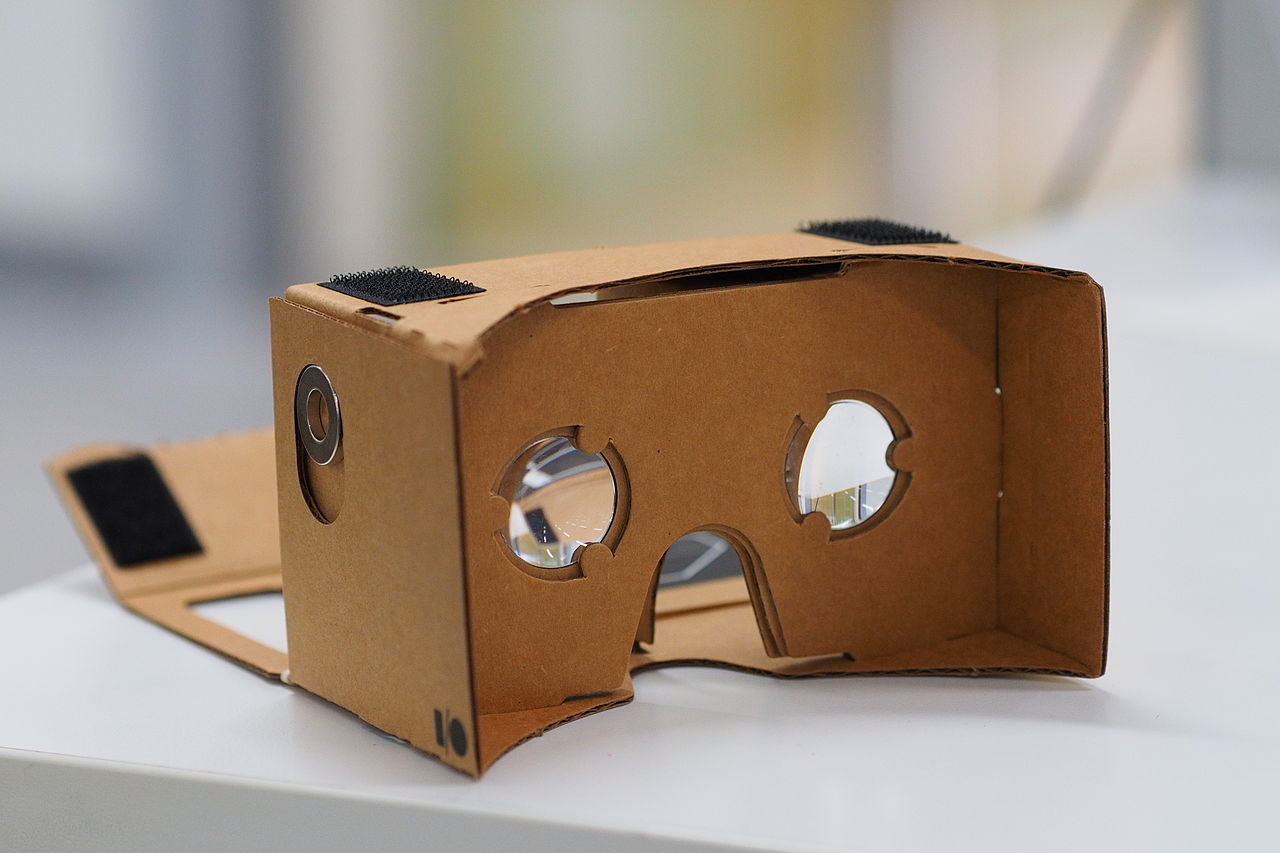Virtual reality is making headlines from being integrated into modern entertainment, news, and more. The concept of VR has finally made its way into the public mind share.
Though virtual reality is now becoming more prominent in entertainment, the history of VR begins in the 1960s. Following World War II, millions of dollars were invested in communication and computing, which resulted in a push for more user-friendly gadgets. VR began to gain momentum in the world of aviation. Aircraft designers began experimenting with simulations and models that could train pilots for commercial airlines and the military. This technological movement flourished in the 1990s and slowly made way for entertainment devices such as the View-Master and now the more popular Oculus Rift.
The Oculus Rift, as well as many similar devices, has the ability to make users feel as though they are in a different world. I first experienced the Rift when my physics teacher decided it would be the best way to spend the last week of classes. I was a bit skeptical at first, but upon playing with the device I have experienced engagement in many different worlds. Whether those worlds were underwater fantasies or rollercoasters, I felt like I was experiencing these events in real life. As if video games weren’t already addicting, VR devices have proven to be hard to put down altogether. With the ever increasing focus on virtual reality development comes an impressive increase in demand for more accessible devices.
As developers and gamers alike are quickly rushing headfirst into the virtual reality market, it is becoming easier to gain access to this breakthrough in modern entertainment. Virtual reality has particularly made its way into the public eye in the last year or so by being compatible with mobile devices.
There are cardboard VR devices such as the Google Cardboard that are easy on the wallet, as well as on the user in terms of usability. The cardboard device is a very cheap and highly accessible way to experience the world of VR. In the last couple months, companies have begun to offer free VR devices. The New York Times includes a free Google Cardboard viewer with subscription purchases, for the purpose of exposing their new app, NYT VR. NYT VR allows users to experience news like never before — to be in the middle of it. I subscribed to The New York Times and received a Google Cardboard that fit my iPhone 6s. With a push of a button and a few app downloads, I was able to see anything from the Bataclan memorial covered by Times, to the Eiffel Tower via Google Earth. The detail is vivid, and can only be beat by the more expensive Oculus Rift. I was astonished that all I needed was a couple minutes and a recent smartphone. Users can experience museums, games, maps, and even their own photos and videos with the current phone-compatible VR devices.
This new shift in entertainment has affected gaming to news and everything in between. What else is there to do but sit back and watch this revolution of modern technology unfold?
